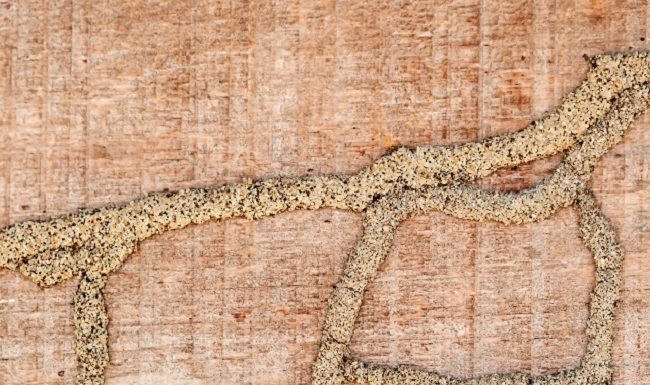
Termites invade homes, and termite infestation is one of the most common pest infestations that affect a large number of households. Termites are seldom visible but leave the marks of damage that warn us about the presence of the most unwanted pests at our home. If you see sawdust-like substances accumulated close to some wooden structures or furniture, it is a sure sign of damage caused by termites, and you must take help from Elite Pest and Termite Control to control the damage first and then get rid of the pests. In addition, if you detect mud tubes at home or hear a hollow sound tapping any wooden article or structure, it means that termites have damaged it from inside, although there is no visible external damage.
The biggest threat from termites is that by the time to detect its presence, the damage has set in deep. By that time, they must have set up large colonies and spread far and wide across your home and damaging more wooden items than you could detect. Your efforts to eradicate termites by using professional pest control services may prove futile if you do not take the following measures to prevent termites from coming back.
Moisture control
Damp and moist environments attract all kinds of pests, including termites, and you must maintain a dry indoor environment at home to keep pests away. Maintaining optimal moisture levels by getting rid of excess moisture is the most effective way to prevent attracting pests to your home. Determine the moisture level inside the home if the climate is wet for most of the time and use dehumidifiers that help to maintain the optimal level of humidity inside the house. Using air conditioners during summer can help to create a dry indoor environment while keeping the temperature cool and comfortable and removing excess moisture from the indoor air.
Fix leaks
Try to plug all gaps on the walls like cracks and leaks so that termites cannot enter through them and prevent moisture from wetting walls which can invite termites. Inspect the house regularly to detect leakages in vulnerable places like the dingy corners and the basement and sell it quickly. Normally we overlook these spots and make it easy for termites to enter our homes. Since leakages in the basement are closer to the ground, it is the most vulnerable place of your home for inviting termites.
Keep a gap between soil and wood
Wood attracts termites that feed on it, and soil provides a favorable environment for termites to thrive. Your garden could be a nursery for termites from where it enters your home. Since buildings have wooden structures, you should maintain a distance of at least 18 inches between wood and soil to cut off the pathway for termites. It will keep the furniture and wooden structure of your home, including the foundation, safe from termites. Create a barrier between soil and wood in places like the patio, garden, etc., by using cement or stones.
Borate is a good termite repellent and applying it on wood before priming or painting can protect it from termite attacks.

